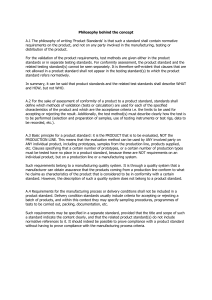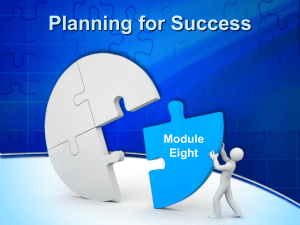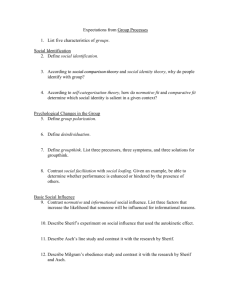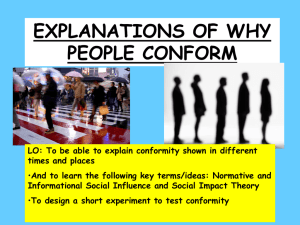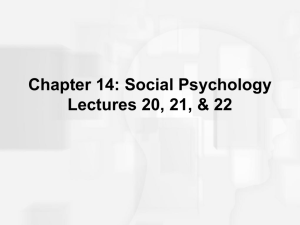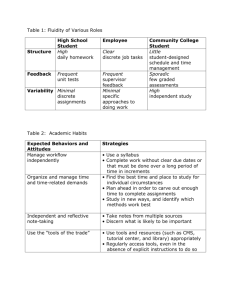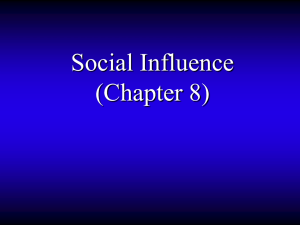Test 4 essays
advertisement
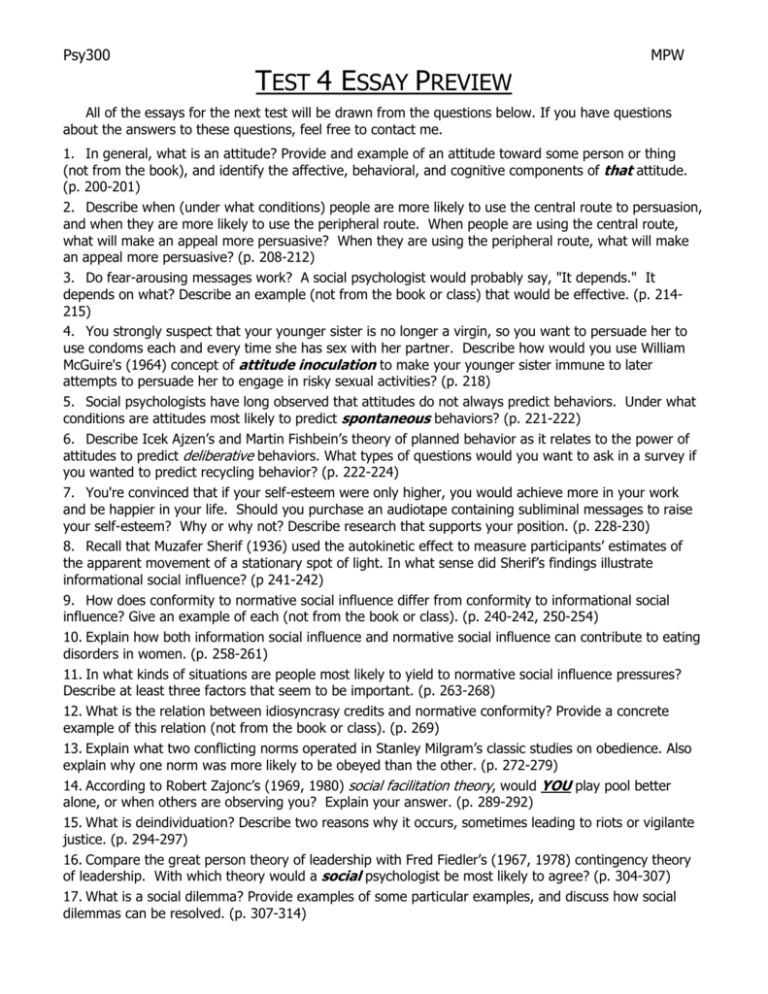
Psy300 TEST 4 ESSAY PREVIEW MPW All of the essays for the next test will be drawn from the questions below. If you have questions about the answers to these questions, feel free to contact me. 1. In general, what is an attitude? Provide and example of an attitude toward some person or thing (not from the book), and identify the affective, behavioral, and cognitive components of that attitude. (p. 200-201) 2. Describe when (under what conditions) people are more likely to use the central route to persuasion, and when they are more likely to use the peripheral route. When people are using the central route, what will make an appeal more persuasive? When they are using the peripheral route, what will make an appeal more persuasive? (p. 208-212) 3. Do fear-arousing messages work? A social psychologist would probably say, "It depends." It depends on what? Describe an example (not from the book or class) that would be effective. (p. 214215) 4. You strongly suspect that your younger sister is no longer a virgin, so you want to persuade her to use condoms each and every time she has sex with her partner. Describe how would you use William McGuire's (1964) concept of attitude inoculation to make your younger sister immune to later attempts to persuade her to engage in risky sexual activities? (p. 218) 5. Social psychologists have long observed that attitudes do not always predict behaviors. Under what conditions are attitudes most likely to predict spontaneous behaviors? (p. 221-222) 6. Describe Icek Ajzen’s and Martin Fishbein’s theory of planned behavior as it relates to the power of attitudes to predict deliberative behaviors. What types of questions would you want to ask in a survey if you wanted to predict recycling behavior? (p. 222-224) 7. You're convinced that if your self-esteem were only higher, you would achieve more in your work and be happier in your life. Should you purchase an audiotape containing subliminal messages to raise your self-esteem? Why or why not? Describe research that supports your position. (p. 228-230) 8. Recall that Muzafer Sherif (1936) used the autokinetic effect to measure participants’ estimates of the apparent movement of a stationary spot of light. In what sense did Sherif’s findings illustrate informational social influence? (p 241-242) 9. How does conformity to normative social influence differ from conformity to informational social influence? Give an example of each (not from the book or class). (p. 240-242, 250-254) 10. Explain how both information social influence and normative social influence can contribute to eating disorders in women. (p. 258-261) 11. In what kinds of situations are people most likely to yield to normative social influence pressures? Describe at least three factors that seem to be important. (p. 263-268) 12. What is the relation between idiosyncrasy credits and normative conformity? Provide a concrete example of this relation (not from the book or class). (p. 269) 13. Explain what two conflicting norms operated in Stanley Milgram’s classic studies on obedience. Also explain why one norm was more likely to be obeyed than the other. (p. 272-279) 14. According to Robert Zajonc’s (1969, 1980) social facilitation theory, would YOU play pool better alone, or when others are observing you? Explain your answer. (p. 289-292) 15. What is deindividuation? Describe two reasons why it occurs, sometimes leading to riots or vigilante justice. (p. 294-297) 16. Compare the great person theory of leadership with Fred Fiedler’s (1967, 1978) contingency theory of leadership. With which theory would a social psychologist be most likely to agree? (p. 304-307) 17. What is a social dilemma? Provide examples of some particular examples, and discuss how social dilemmas can be resolved. (p. 307-314)
